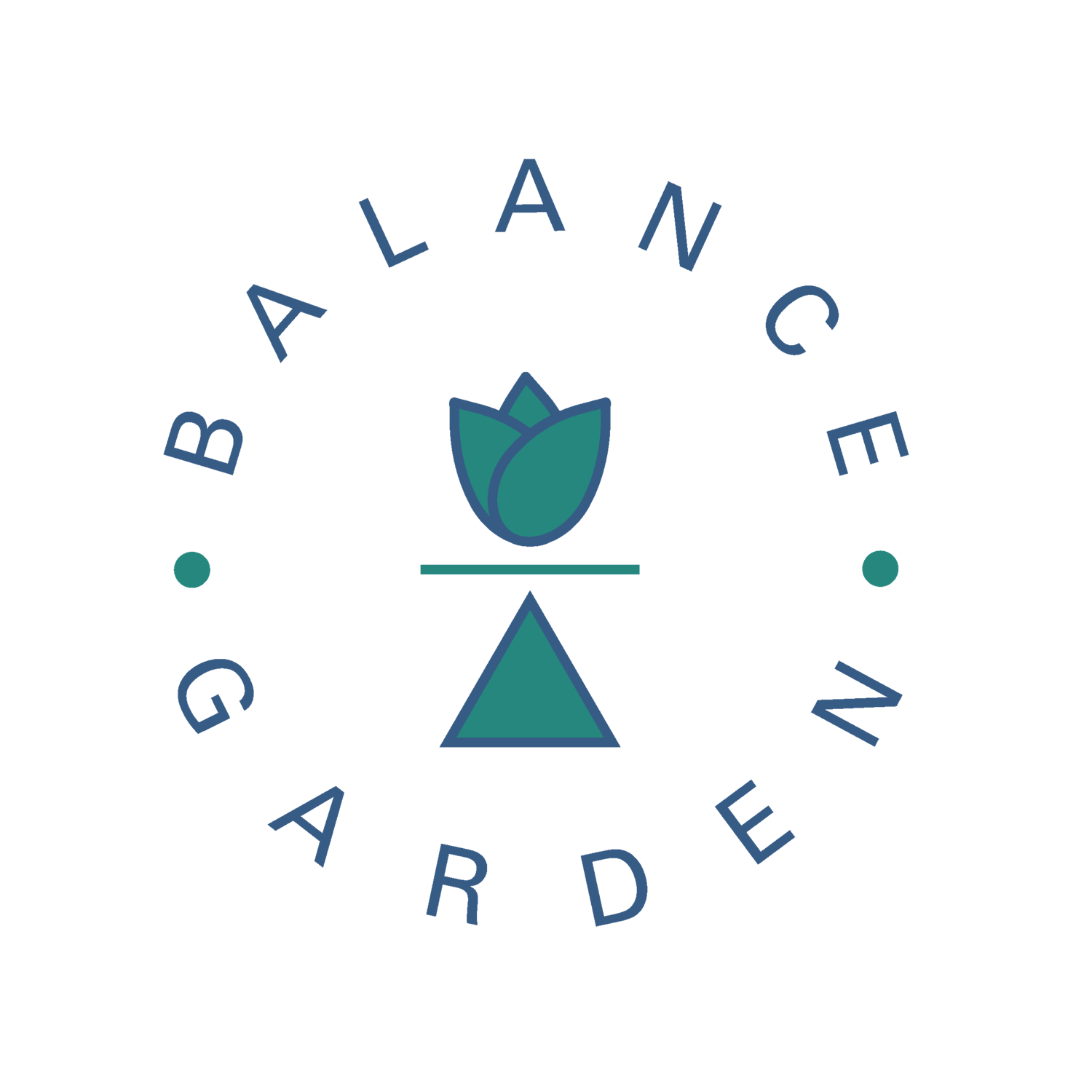What is Yoga Nidra?
/Photo by Rodrigo Pereira on Unsplash
Words by Nid Ra
With so many types of yoga out there, perhaps ‘Yoga Nidra’ is just another type of exercise or meditation? Often called ‘yogic sleep’ and described as a form of ‘deep relaxation’ it is a practice far beyond these simple labels. Discover the benefits and purpose of doing yoga nidra in addition to meditation.
How is Yoga Nidra Different from Meditation?
There are three approaches to define what something is:
1. Intellectual analysis of the words looking at their common meaning and definition. ‘Yoga’ is a state from a series of practices to achieve health and a sense of wellbeing: yoga means union so it is a practice to create a state of union. ‘Nidra’ means sleep. Thus, ‘yoga nidra’ is a form of complete union of sleep.
2. Sanskrit syllable analysis considers what the root of the syllables mean. A Sanskrit syllable is to encompass a complete experience, not just intellectualised consideration. In ‘yoga nidra’ there are 20 syllables each with various meanings. To keep it simple, here are the three key ones:
a. ‘Yoga’ is the state of union once awakened into the conscious self.
b. ‘Ni ‘means void or nothingness.
c. ‘Dru’ means to draw forth.
Thus, in Sanskrit, ‘nidra’ is to draw forth a state of nothingness. This is equated to the state of deep sleep that is dreamless (the delta brainwave state) where there is no awareness of time and a negation of cognition.
When combined with ‘yoga’ the practice becomes one ‘to enter a state deep dreamless no awareness that is conscious of the state, i.e. a conscious state of awareness without sleeping.’
3. Experience yoga nidra to understand what it is. This is about the practice and one’s own living experience. The intellectual mind cannot grasp the full comprehension of consciousness and it’s expansive states. There is a different level of waking in yoga nidra in order to digest life experiences.
In the Patanjali Sutras there are set out the ‘8 limbs of yoga’. The final two stages are meditation (Dhyana) and enlightenment or bliss (Samadhi). Yoga nidra fits beautifully in between these two states, becoming a practice beyond meditation. Sometimes, meditators witness a state similar to yoga nidra but the yoga nidra practice is designed to expand this state for longer than in meditation, thus creating the blissful state of conscious activity.
The practice takes the individual through all brain wave states whilst keeping a high theta brainwave activity that helps heal the brain and body throughout. It is not a meditation, deep relaxation or sleep practice, but bridges an important gap of quietening the mind in order to expand the meditative state of absorption and the statelessness experience that can be shorter in meditation. Often when the brain is between theta and delta brainwave states are when ‘mystical experiences’ can occur.
What is the purpose of yoga nidra practice?
Yogis believe that the external reflects the internal states. So the journey inwards to clear and balance the mind can heal and clear the root of the cause to make a change. Yoga nidra is used as a practice to clear the unnecessary habits in the mind, restore and rebalance the mind for new choices that are healthier and create a more enjoyable life.
Yoga nidra works at the brainwave state called ‘hypnogogic’ state. This brings together all the sleep states in yoga:
1. the waking state (conscious mind),
2. dreaming state (unconscious mind),
3. deep sleep (subconscious mind), and
4. absolute (consciousness).
By working at all levels together in a practice, deep healing can occur that changes the inner and outer worlds rapidly.
Often the experience of yoga nidra can be one of feeling awake yet slightly strange things happen, or a sense of sleeping but if asked to recall the memory is in conscious flow states like writing. This is all part of the brain clearing out unnecessary memories, emotions, experiences and restrictions in our life and opens the mind to new possibilities in life. Do not dismiss what may appear uneventful as a practice.
“Yoga nidra is used as a practice to clear the unnecessary habits in the mind, restore and rebalance the mind for new choices that are healthier and create a more enjoyable life. ”
A favourite story was a friend who very steadfastly told us that after a practice it was “Very dull and ordinary. It did not work.” When we asked her to tell us what she experienced, she began to explain herself “Standing in a room with my long hair full of beautiful carrots and…” we interrupted her, “Carrots?” “Yes, carrots” she said factually. We laughed and she looked a bit baffled, “Carrot hair isn’t normal and non-experiential of yoga nidra”. Then she got it. It seems normal just like dreams do until you tell someone about them, but unlike dreams the mind feels awake.
What are the experienced benefits of yoga nidra?
What if we told you that 20 minutes of yoga nidra is the equivalent to 2 hours sleep? Further studies are needed as the groups are small, but initial trials report great benefits for practitioners.
· Insomnia sufferers still get deep rest and can help lead to better sleep.
· Reduces heart rate and breathing rate.
· Balances brainwave patterns into more holistic cycle of use.
· Improved sense of wellbeing overall.
· Reduces depression symptoms.
· Reduces stress and anxiety symptoms more dramatically than meditation due to the deep relaxation response that it induces in the body due to a more integrated response in the hypothalamus to calm the parasympathetic nervous system.
· Can aid pain relief.
· May aid addiction recovery in early stages.
· May improve menstrual disturbances.
· Possible improvement of blood sugar levels, relevant to diabetes sufferers.
iRest have led the field in research for trauma sufferers and the use of yoga nidra. The specific system developed is to support those who have suffered trauma become more embodied. By working with the body’s sensations it builds a deeper sense of ease and relaxation into the living experience. This is a specific practice and it is recommended that a certified practitioner is used for those who have suffered trauma.
Starting a yoga nidra practice?
On average a yoga nidra practice takes about 20 to 40 minutes lying down. It is a fabulous opportunity to allow the body and mind to rest properly.
Key Tips for the practice:
· Always set an intention in a yoga nidra practice. Make is simple, positive and present tense.
· Make sure that the body is completely comfortable throughout the practice with lots of props.
· A quiet space without disturbance is best.
· Move gently before with shapes that draw the body towards a foetal position. This focuses the mind inwards for the practice.
What time of day?
· Try to select a routine time each day.
· It is a great break mid-afternoon if that is possible to take advantage of the post-lunch haze.
· It is not recommended to do this at bedtime to ensure that the training of the conscious state is properly managed, but if this is the only time then doing it is better than not.
· Always clearly set an intention to remain conscious of the practice until after it ends, and then fall asleep if at night.
· Avoid being disturbed during the practice. Phones are turned off please.
Who to pick as your teacher?
A key note is the yoga nidra is best used therapeutically. This means in a private one-to-one setting. Group classes often use fairly ‘generic’ approaches to avoid triggers for anything too traumatic in the mind. This means that group classes can begin to focus on the ‘rotation of consciousness’ section more than the deeper work after this phase. However, group classes are a fabulous tool to deepen meditative states and the transition towards Samadhi.
The large traditions are schools that have set structures to their practices. These can be found online:
· iRest School of Richard Miller and John Kabat-Zinn is fabulous for trauma sufferers as a specific technique to learn.
· Bihar School of Swami Satyananda teachers use a lot of imagery and chakra work to open the creative energies of the mind.
· Himalayan Institute of Swami Rama and Rod Stryker is often heart-centred approach to the practice.
· Amrit IAM Desai focuses on unlocking the subconscious to shift unhealthy habits.
The below are library style services or integrated practices (that take the above techniques and combine them) for trying out different approaches:
· The Insight Timer app has many great teachers to peruse.
· The Yoga Nidra Network is a collection of teachers and practitioners around the world supporting practices and growing the practice.
· Omega Movement is an integrative style using Bihar, iRest, Himalayan, Law of Attraction and Shamanic journeying into many of the practices.
Can it be brought into a physical practice?
· Yes, and to encourage it is to feel the jaw relaxed and tongue resting in the bottom of the mouth when moving through asanas.
· When withdrawing the senses in physical practice and just listening to the teacher’s voice (if in class) to follow the asanas, is bringing into the yoga nidra state.
· Focus on observing the process of falling asleep at night. Then carry this into other practices, like chanting ‘aum’ at the end of a class and sensing the statelessness space at the end of the chant.
“On average, a yoga nidra practice takes about 20 to 40 minutes lying down. It is a fabulous opportunity to allow the body and mind to rest properly. ”
DISCLAIMER:
We have tried to provide links to resources to try or read further at your convenience only and are not an endorsement of their content or services. We have no control over the information contained on the sites or their services and are not responsible for these websites, their content or availability.
Use of these sites and services are entirely at your own risk. All their information, suitability and quality is operated by third parties unrelated and unconnected to us. If you decide to make use of any of these websites for their information or services, you do so at your own risk and we shall not be liable for any damage or loss, howsoever caused with us or reliance on any such information accessed through such link to their website.
Nid loves all her incarnations as an energy healer and coach, massage therapist, teacher of mind-body movement through yoga and Pilates, and blog writer. She is a passionate messenger on how to find your truth and live in alignment with your soul. Her work attracts people going through major life changes, long-term pain or health issues to discover how to live life with joy in mind, body, and spirit. She can be found working on retreats and online worldwide at https://www.omegamovement.org/
Have you downloaded your FREE intention tiles yet?
Get a set of 10 to keep like the ones below
Recently on Balance Garden







































Blogcast for Balance Garden podcast episode 12 - ‘Still Light’